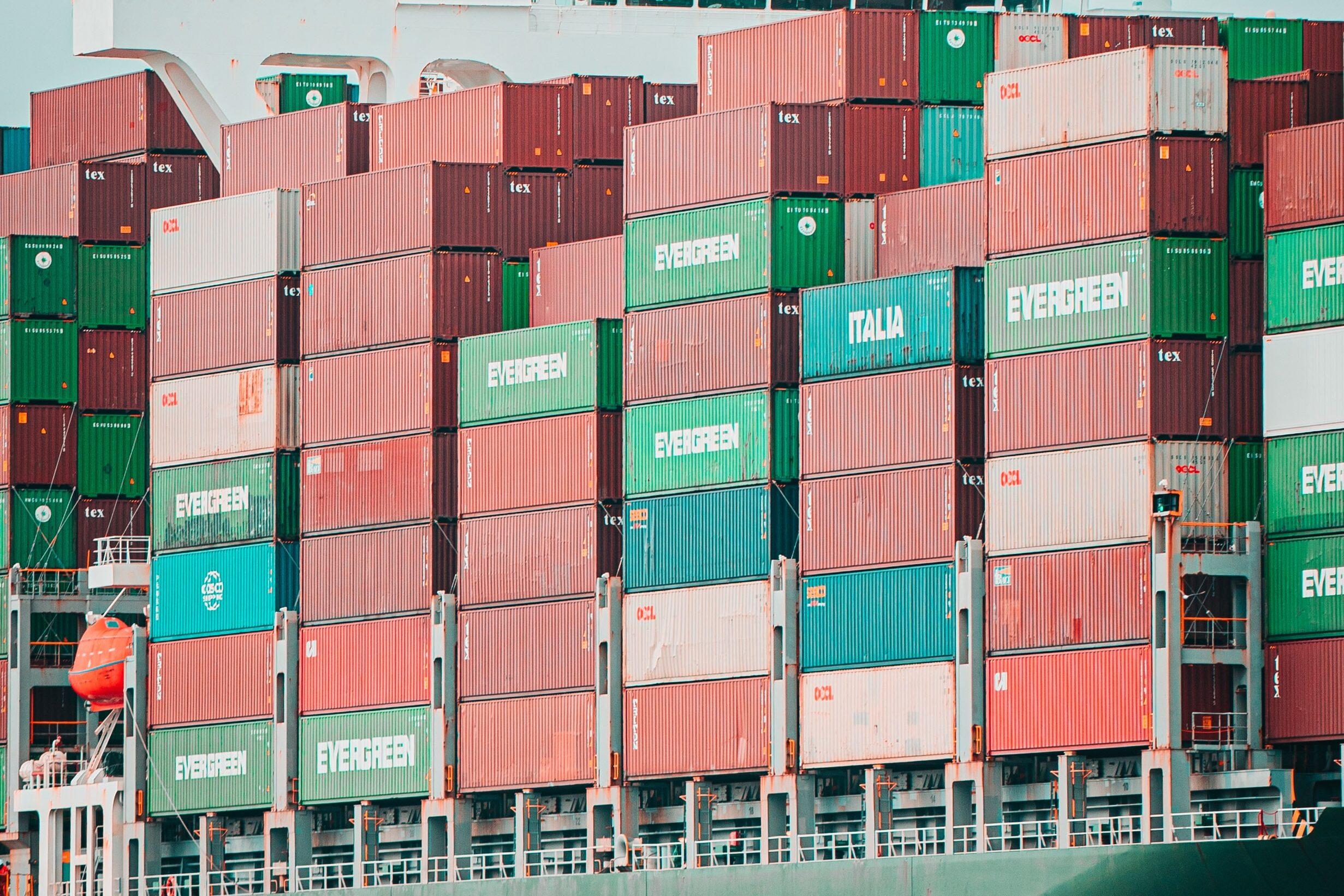
Blockchain has been buzzy in the tech world for some time now, and with the emergence of NFTs in the digital world, blockchain’s widespread adoption and mainstream acceptance as a secure measure of authenticity is being further cemented. Blockchains are immutable ledgers of transactions, meaning they cannot be altered in any way, and can also be used to store transactional data across supply chains for physical goods. By incorporating blockchain technology into your supply chain at the raw materials stage, hypothetically, you’d be able to track your product at each stage of manufacturing, distribution, through the point of sale. “But blockchain isn’t a silver-bullet solution. Companies still face the challenge of making sure the data they’re getting from suppliers is accurate” (Business of Fashion).
The issue of receiving accurate supplier data is really a transparency issue, and a considerable one at that. “Lately…disruptions from the pandemic to geopolitical events have made visibility all the way down the supply chain a top priority for brands and retailers, adding to pressure they already faced from consumers and watchdogs to be more transparent” (Business of Fashion). But traceability and transparency alone isn’t enough. “To minimize risk while reaping the benefits of traceability, companies need adequate security to protect data and assets in this connected environment” (Supply Chain Brain). That’s where blockchain can work its magic.
There is a huge generational shift towards transparency. Rising consumers today care more about having insight into where their clothes and goods are coming from. The emphasis therefore needs to be on how businesses can “capture information around each step as it happens, as opposed to fashion’s historical method of tracing, which has been to start with a finished item and try to follow it backward” (Business of Fashion).
So we understand traceability is important. But how do you ensure the data going into this immutable ledger is accurate, once you implement it?
“Both agility and resilience are rooted in the traceability of where and how products are flowing globally through the supply chain network, and the ability to make fast and accurate decisions on that information. The disruptions caused by COVID-19…are speeding up the pace needed to make those decisions and execute on them. Traceability can help keep up with this pace, but it doesn’t happen automatically with the establishment of a connected supply chain. Several key functions and capabilities need to be established as a foundation.
One is serialization of assets coursing through the supply chain. Like digital breadcrumbs… serialization allows products and components to be itemized and trackable as they move through the supply chain”.
Supply Chain Brain
In order to reap the full benefits of blockchain technology, you must first invest in serialization.
You can think of serialization and blockchain this way—serialization imbues each individual product (or piece of a product, depending on where you are in the supply chain) with a unique identifier, such as a QR code. Scanning the QR code will then trigger a transaction recording in the ledger, which is, you guessed it, where the blockchain piece of this comes in.
Having unique identifiers allows you unprecedented insight into your supply chain, enabling you to make smarter business decisions. Let’s take a recall, for example. If you serialize your products, only recalling the products that are affected becomes a lot more feasible, and a lot less costly for you.
With serialization and blockchain working in tandem to trace your products and record that data in a secure location, you are empowered to get creative in light of the current supply chain crisis. For example, Business of Fashion reported how “[s]preading production among multiple facilities mitigates risk… because if one factory is suddenly unable to meet production deadlines, there can be contingency plans. Exploring new factory options can also enable brands to better manage inventory.” Spreading production across multiple facilities can sound risky, especially if you already don’t have great insight into your supply chain. However, by incorporating serialization and blockchain into your supply chain logistics, an option like this becomes a lot more feasible.
Highly traceable digital supply chains not only help companies to understand and optimize the health of their supply chains; they also lead to more proactive planning and efficiencies over the long term, to anticipate growth factors or potential business continuity risks. This is typically augmented by advanced analytics for decision support, and strong investment in visualization tools that allow a broader group of business analysts and stakeholders to convene around the data and insights generated from a newly optimized connected supply chain system.
Supply Chain Brain
In today’s world, many people are looking for a quick fix to their problems. Say you’ve learned about the importance of serialization, but have yet to access the full power of such an investment because you don’t have the proper storage and visualization to turn that data into a powerful tool for your business. Vi3’s suite of tools combines serialization and private, carbon-neutral blockchain technology to provide you access to the data you need to run your business right. We source this data through every step of your supply chain, compiling it into a visually compelling module, so that you feel empowered in your business, and in making decisions for its future.